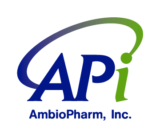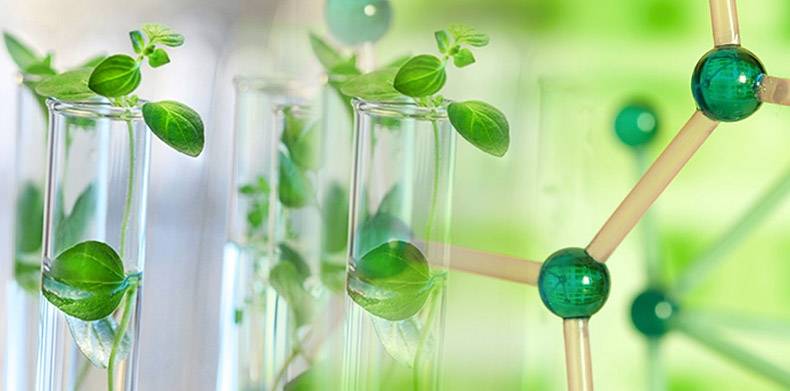First published: September 3, 2019
What exactly is “Green Chemistry”?
Originally established by Paul Anastas and John Warner in 1998 when they published a set of 12 principles to guide the practice of greener chemistry (1). These are:
- Prevention: Preventing waste is better than treating or cleaning up waste after it is created.
- Atom Economy: Synthetic methods should try to maximize the incorporation of all materials used in the process into the final product. This means that less waste will be generated as a result.
- Less hazardous chemical syntheses: Synthetic methods should avoid using or generating substances toxic to humans and/or the environment.
- Designing safer chemicals: Chemical products should be designed to achieve their desired function while being as non-toxic as possible.
- Safer solvents and auxiliaries: Auxiliary substances should be avoided wherever possible, and as non-hazardous as possible when they must be used.
- Design for energy efficiency: Energy requirements should be minimized, and processes should be conducted at ambient temperature and pressure whenever possible.
- Use of renewable feedstocks: Whenever it is practical to do so, renewable feedstocks or raw materials are preferable to non-renewable ones.
- Reduce derivatives: Unnecessary generation of derivatives—such as the use of protecting groups—should be minimized or avoided if possible; such steps require additional reagents and may generate additional waste.
- Catalysis: Catalytic reagents that can be used in small quantities to repeat a reaction are superior to stoichiometric reagents (ones that are consumed in a reaction).
- Design for degradation: Chemical products should be designed so that they do not pollute the environment; when their function is complete, they should break down into non-harmful products.
- Real-time analysis for pollution prevention: Analytical methodologies need to be further developed to permit real-time, in-process monitoring and control before hazardous substances form.
- Inherently safer chemistry for accident prevention: Whenever possible, the substances in a process, and the forms of those substances, should be chosen to minimize risks such as explosions, fires, and accidental releases.
An excellent review paper was recently published by ACS-Roundtable group of key representatives from several large pharmaceutical companies which are embracing many of these concepts directly as it applies to peptide manufacturing (2).
As you can imagine, many of these are sometimes tough to achieve in the area of peptide manufacturing. Perhaps one of the easiest to tackle first is the generation of waste materials. At AmbioPharm, we have initiated and validated waste processing and solvent recovery to capture N,N dimethylformamide (DMF), acetonitrile (MeCN) and methyl t-butyl ether (MTBE) which are generated at our facilities. This helps improve our environmental impact while also helping to lower our cost of goods simultaneously. Additionally, we have taken steps to minimize use of chlorinated solvents such as dichloromethane (DCM).
By exclusively utilizing Fmoc-tBu strategies or Z-Bzl, we are using safer alternatives to the original Boc-Bzl strategies which used much greater quantities of halogenated solvents, trifluoroacetic acid and ultimately extremely toxic and hazardous HF.
We at AmbioPharm are fully committed to the Green Chemistry principles described above as we continue to strive to improve all aspects of our peptide manufacturing processes.
References:
- Anastas, P.T. & Warner, J.C. (1998) Green Chemistry: Theory and Practice; Oxford University Press, New York.
- Isidro-Llobet, A. et al. (2019) J. Org. Chem. 84, 4615-4628 https://pubs.acs.org/doi/10.1021/acs.joc.8b03001

 中文
中文